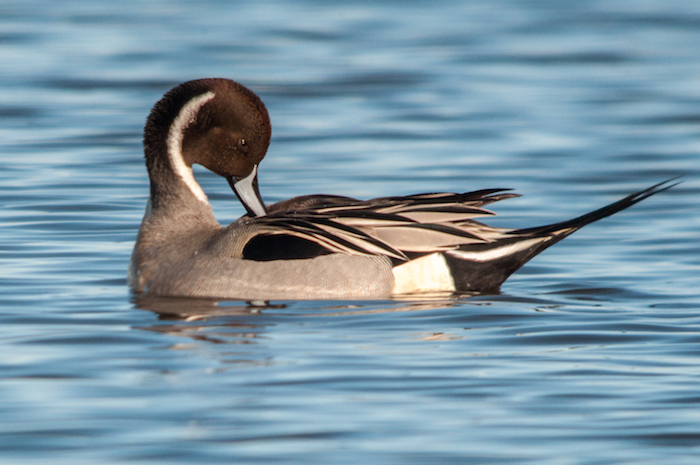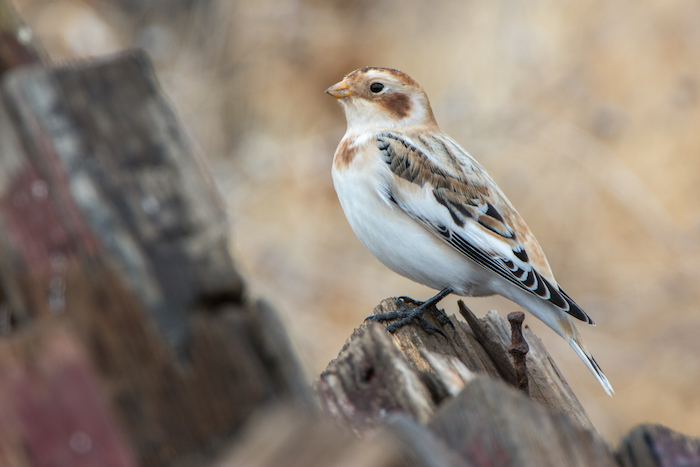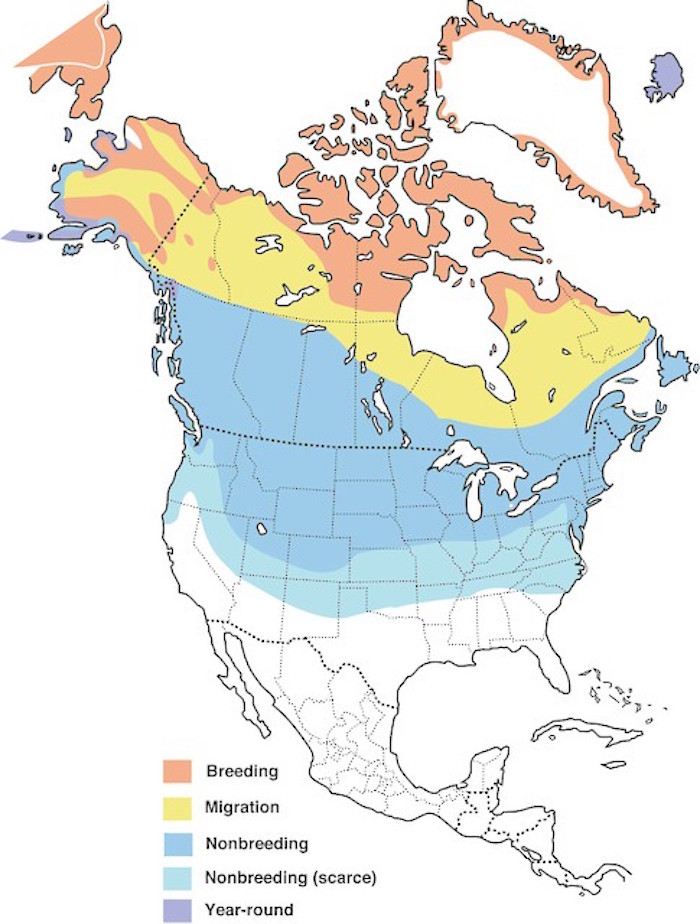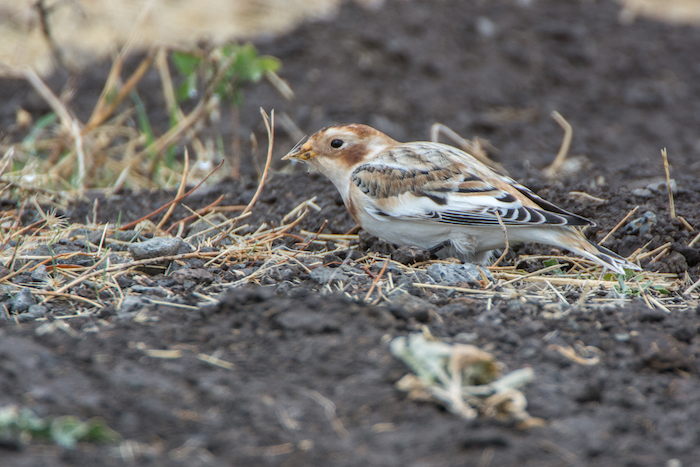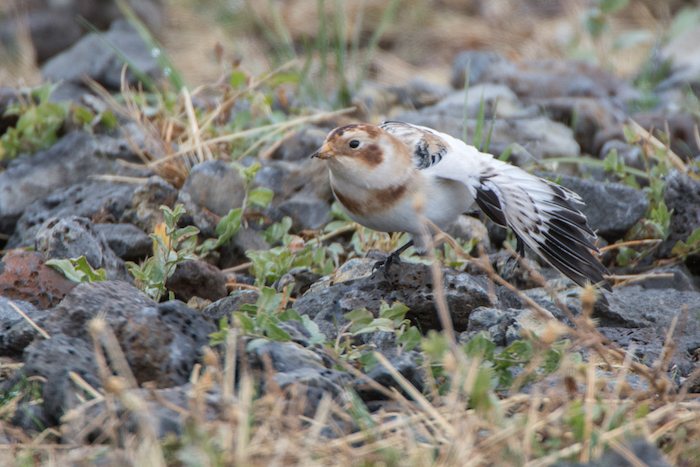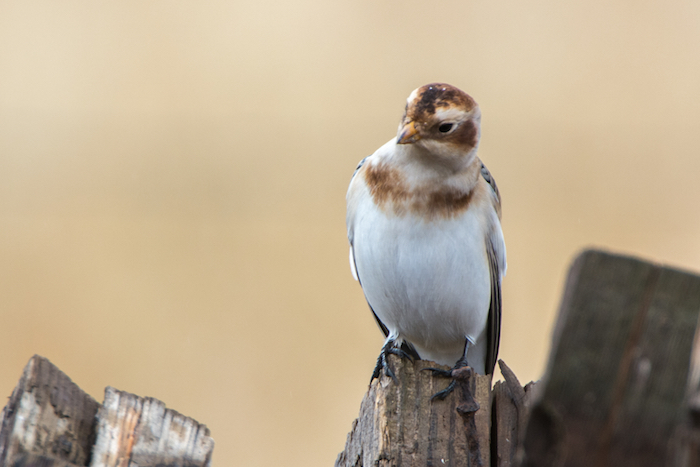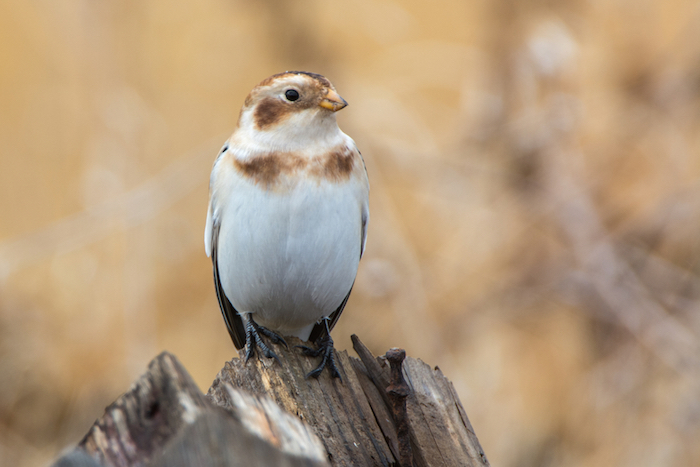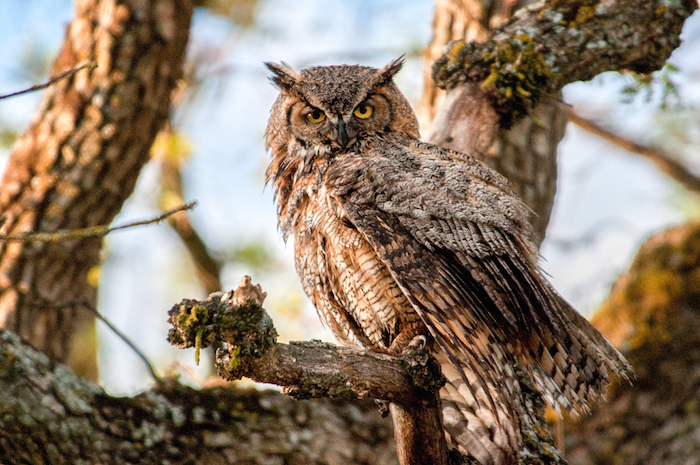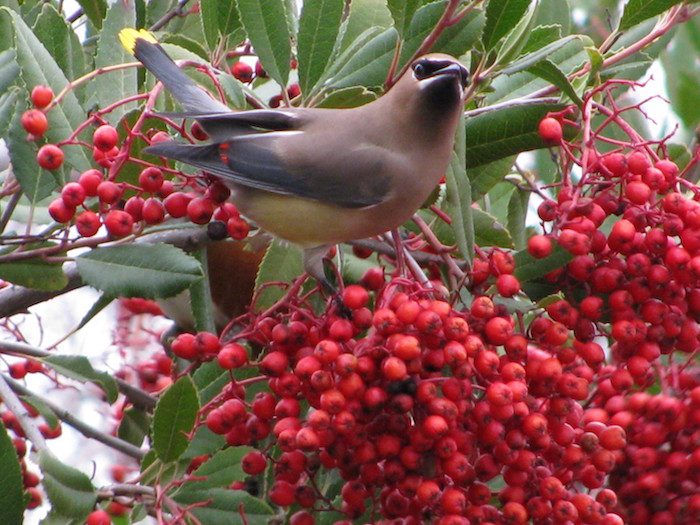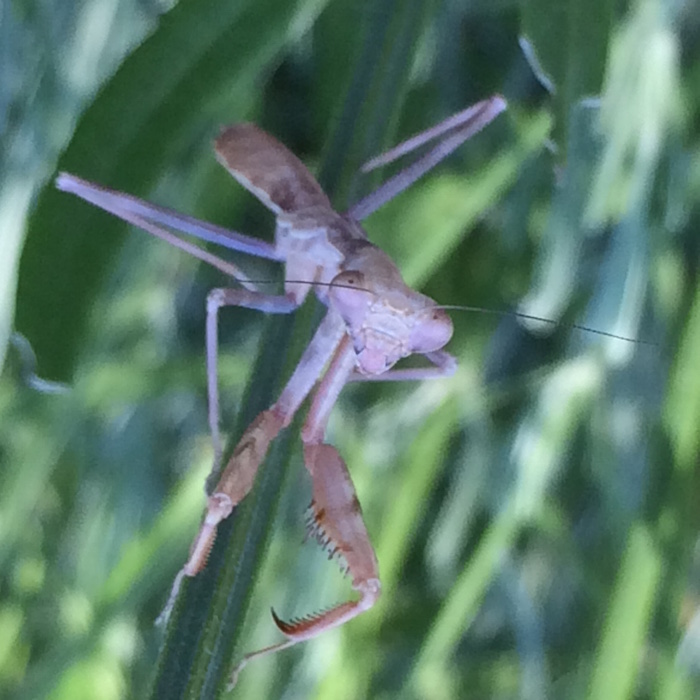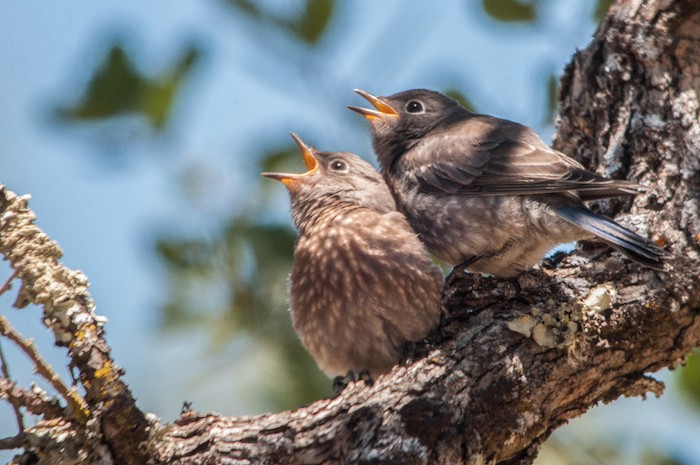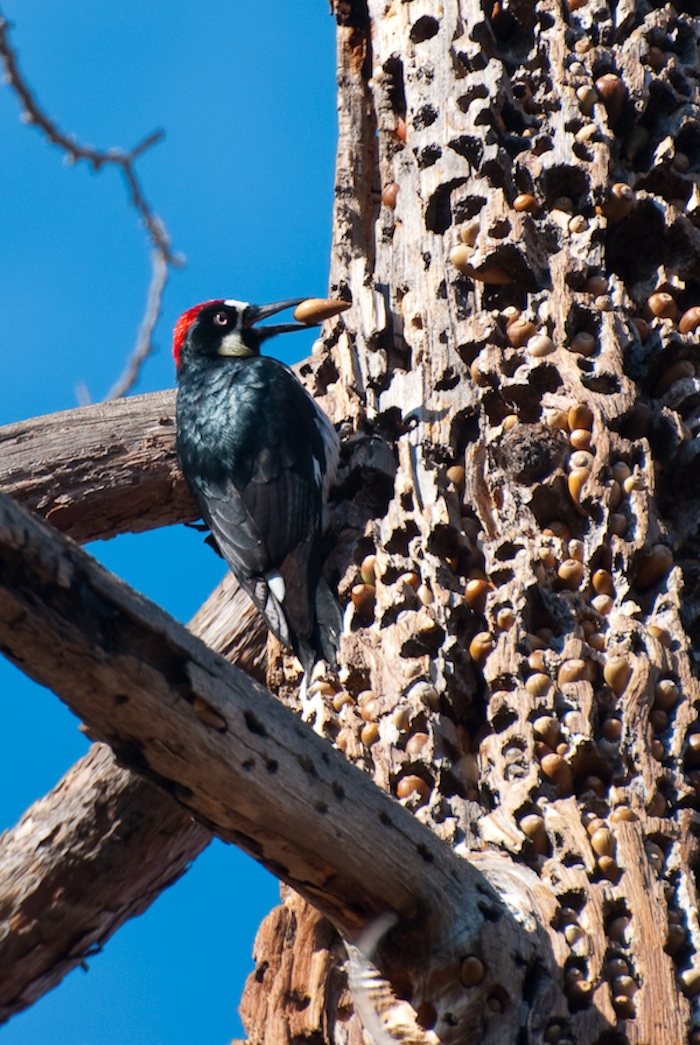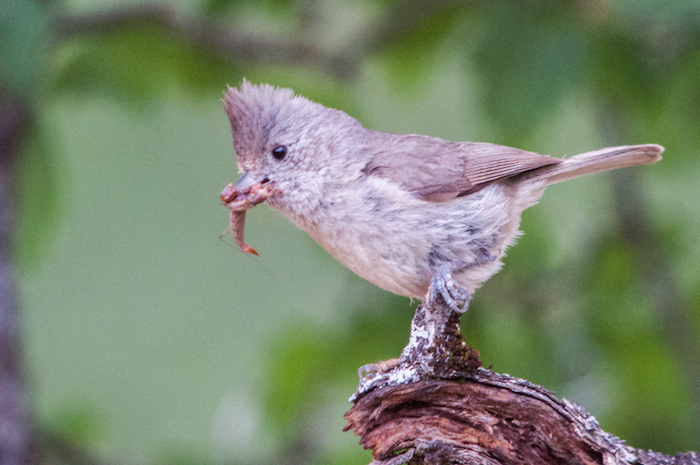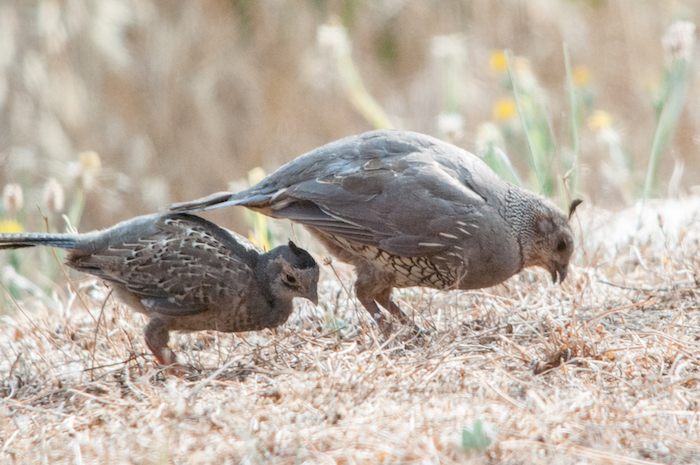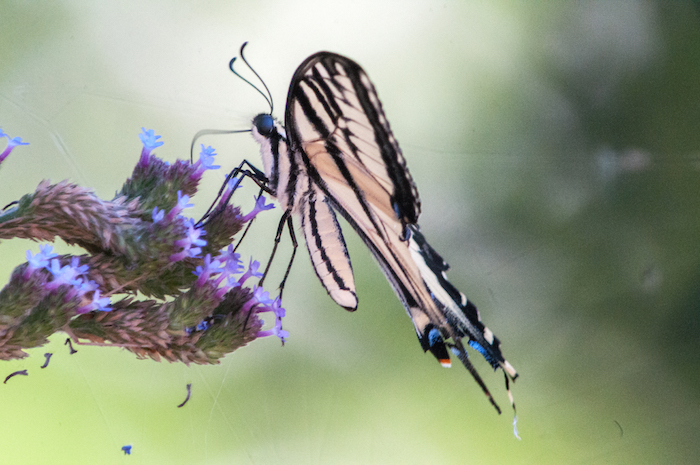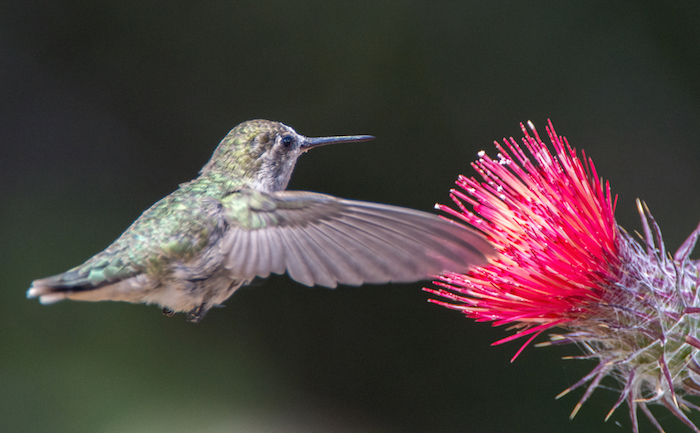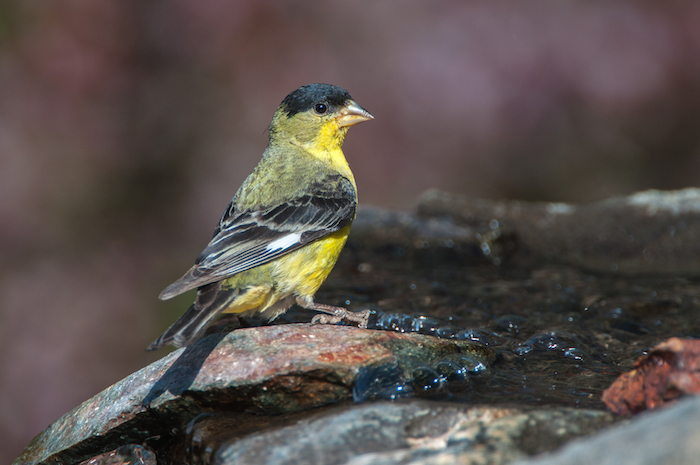
Lesser Goldfinch Male
Nature offers relentless beauty, free—not for the taking, but still for enrichment. One of this season’s beauties is goldfinches.
If you hang a feeder with thistle seed out your window, then a dozen or more of these lemon cuties may well deck the twigs nearby. They’re tiny, just elongated ping-pong balls, but on a chill winter morning they can turn bare branches into a Christmas tree.
The birds are known as Lesser Goldfinches. “Lesser” because they are smaller than their cousin American Goldfinches, and because in summer the cousins have more stunningly bright plumage. But in winter the larger birds lose their brilliance, turning an amber tan, while the lesser goldfinches continue to shine.
As is common in birds, the males are the prettier ones. Their wings are black with small flashes of white, and they wear smooth black caps. Their greenish backs melt into bright yellow undersides. The females dress in similar colors, but muted and without the hat.
It is uncommon to see a solitary goldfinch. They are gregarious, hanging out together like teens at the mall, and filling the air with their wheezy chittering and trills. In their native western US and Mexico, they can be seen wherever the small seeds they thrive on are abundant. They scour sycamore pods high in city treetops; they flock through weedy lots and fields; and they congregate at feeders. Development does not seem to have reduced the presence of weeds or seeds, and the goldfinches are prospering.
Our North State climate is temperate enough that the goldfinches out your winter window will stay in the neighborhood for their spring nesting. Finches are singers, and a male will twitter and tweet until a female succumbs to his melody and allows him to perch by her. He will eventually begin feeding her, a consideration he will continue as she selects a nest site and does the work of construction. She is practical in this task, weaving her grassy cup in a leafy tree or shrub and lining it with fluff from flora or fauna, making a soft, warm bed for the naked nestlings.
The nest is usually just 4-8 feet off the ground. Keeping it low facilitates his food delivery to her while she incubates their eggs, and later, their exhaustive efforts to fill the bottomless pits of their annual handful of children. In under two weeks of incubation, the young hatch out scrawny and helpless, but strong enough to demand that incessant deliveries of seeds and insects be gathered from the neighborhood and fluttered up to them. In less than two weeks more they will be as big as their parents, feathered, and flapping awkwardly from the nest.
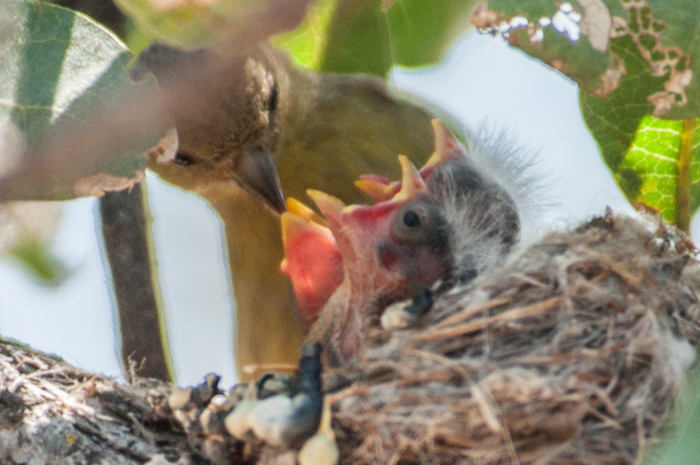
Lesser Goldfinch Female with Nestlings
After a little more tending, the weary parents can take a break. Their energetic young flutter on, replenishing the local flurry of color and song, continuing the persistent beauty of the natural world.

